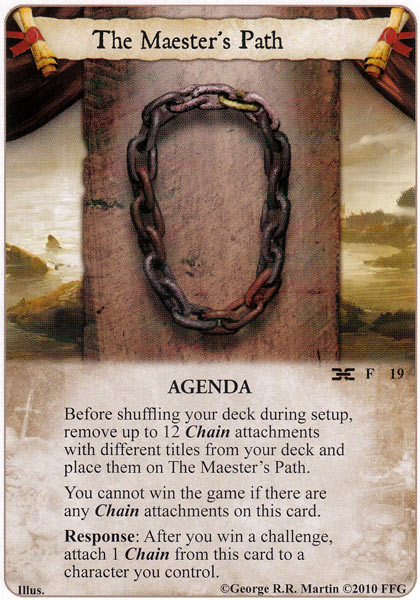
Hi all!
I’ve spent the last week tirelessly investigating Spotify—an investigation that involved lots of Broken Social Scene, Bat for Lashes, The Hold Steady, and Iggy Pop. I suggest you jump on the bandwagon now, before the commercials get too long and irritating.
Aside from the fascinating Plagues and Pleasures on the Salton Beach, I finally got to see the James Franco- helmed film Howl, which came out in 2010. It does quite an innovative job of reconstructing Allen Ginsberg’s youthful discretions, writing process, and the obscenity trial of his poem. Lots of neat visuals. Great acting, of course, especially Franco’s recitation of “Howl”.
I loved Milton Glaser’s advice for creative types in this essay (via Longreads)
And here’s the 2007 Rolling Stone article on Amy Winehouse. Read it and be haunted.
On Thursday, I went to the Newberry Library Book Fair (Chicago)! There were so many awesome books. So many! More than my tiny muscles could carry, in fact, and I ended up leaving a few good soldiers behind.
Anyway, here’s what I did get:
March by Geraldine Brooks (I’m reading her latest, Caleb’s Crossing right now. More on that later. If you’re into historical fiction, as I am, you should pick up People of the Book. )
The Heart is a Lonely Hunter, Carson McCullers (Last summer I read The Member of the Wedding, one of my favorites.)
In the Time of the Butterflies, Julie Alvarez
Zen in the Art of Writing, Ray Bradbury (Remember when I reread F41? Good times. As I was leaving the fair, some poor soul wistfully asked me if there were any other copies of ZAW. Alas, there was not.)
The Diary of Anais Nin 1931-1934, Anais Nin (I know almost nothing about her, except that her diary is one of those great works of literature. It’s rare that a diary gets that kind of status. I mean, besides Anne Frank.)











